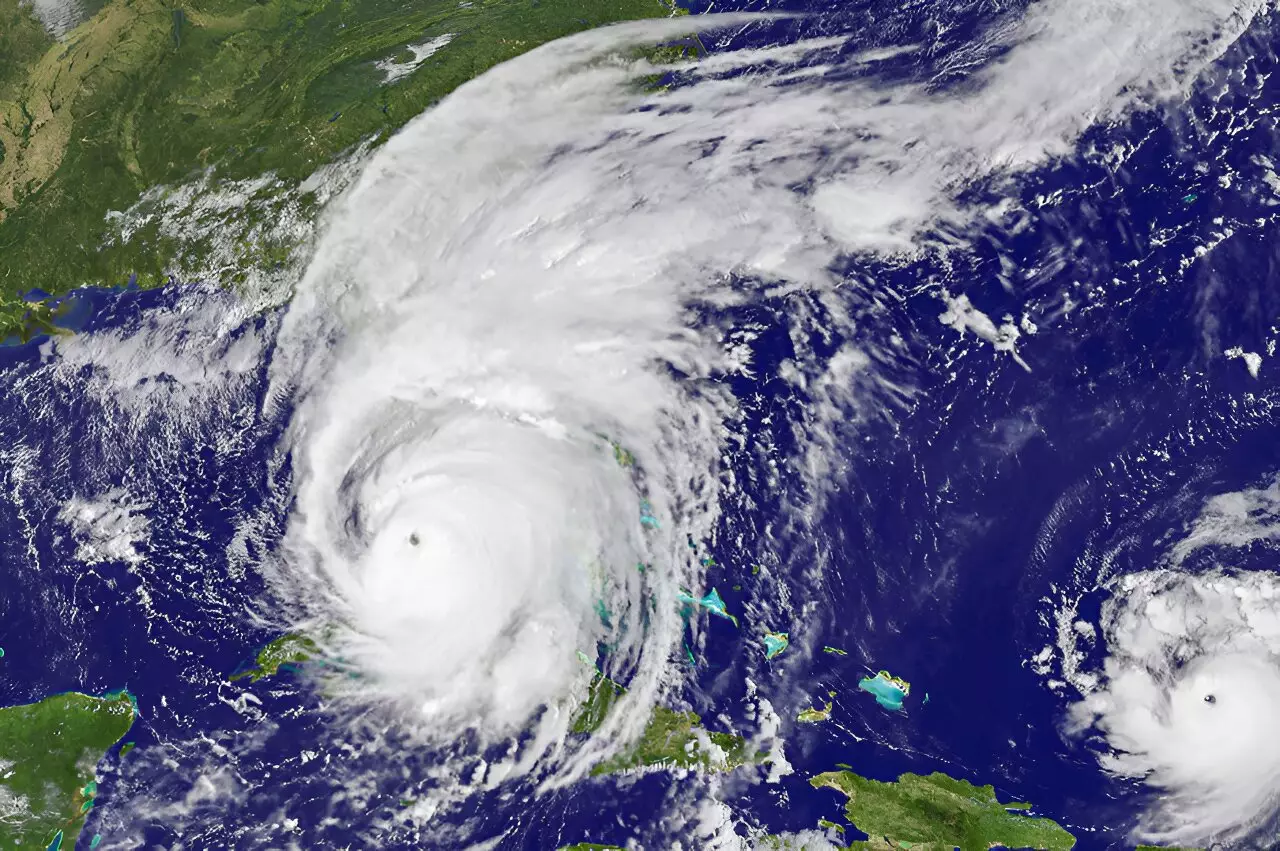Hurricane Irma, which slammed into Florida on September 10, 2017, left a trail of destruction in Miami-Dade County, impacting both infrastructure and public health. Beyond the visible chaos marked by downed power lines and toppled cell towers, the storm’s aftermath revealed a less obvious but equally concerning issue: the rapid increase in mosquito populations. This environmental shift heightened the risk of vector-borne diseases for vulnerable communities still grappling with the repercussions of the storm. As revealed in a comprehensive study led by Imelda Moise, an associate professor of geography at the University of Miami, understanding the dynamics of these mosquito populations post-Irma is crucial to safeguarding public health in the wake of natural disasters.
The Environmental Conditions Favoring Mosquito Breeding
Moise’s study highlights the interplay between Hurricane Irma’s aftermath and the environmental conditions that led to the surge of mosquitoes. Factors such as increased temperatures, heightened humidity, and nutrient-rich floodwaters created a fertile breeding ground for these pests. As the floodwaters rose to alarming levels in Coconut Grove and Matheson Hammock Park, they set the stage for an extensive mosquito population boom. Rather than flushing out breeding sites as initially believed, heavy rains and flooding actually encouraged the proliferation of mosquito species. The immediate consequences were stark: mosquito populations surged by a staggering 7.3 to 8 times in the four weeks following the storm when compared to both 2016 and 2018.
A Closer Look at Mosquito Species Composition
The study scrutinized mosquito abundance and species diversity before and after Hurricane Irma. Utilizing data gathered from various traps set across Miami-Dade County, the findings revealed that Culex nigripalpus emerged as the predominant species, constituting 70.4% of all captured mosquitoes. This particular species poses a serious public health risk, being a known vector for diseases in the region. The implications are particularly significant for neighborhoods with dense populations, where the confinement of individuals increases the likelihood of disease transmission. Moise’s investigation into the different capture methods used by local mosquito control provided essential insights into how varied environmental conditions influenced these populations.
As Hurricane Helene threatened other parts of Florida, Moise’s research emerged as a crucial reminder for communities recovering from Irma. She urged local residents to remain vigilant, not just against nuisance mosquitoes but also against those capable of transmitting diseases such as Zika, West Nile virus, and Saint Louis encephalitis. This increase in mosquito populations presents a dual threat: first, the immediate discomfort and annoyance caused by bites, and second, the looming risk of debilitating diseases that can spread rapidly within affected communities.
Moise’s research adds to a growing body of literature exploring the correlation between tropical storms and mosquito outbreaks. Previous studies have documented similar phenomena following Hurricane Katrina in New Orleans and Hurricane Maria in Puerto Rico, indicating that this issue extends beyond Miami-Dade. Each case has demonstrated that the aftermath of severe weather events can lay the groundwork for increased mosquito activity, with implications for public health that should not be overlooked.
In light of her findings, Moise is advocating for further research into the relationship between hurricanes and vector-borne disease outbreaks. Her goal is to gather comprehensive data on how these diseases spread in coastal regions during post-hurricane recovery periods. Such investigations could ultimately inform public health strategies aimed at preventing outbreaks in the aftermath of extreme weather events.
The insights gained from Moise’s study emphasize the need for increased awareness among the public and local health authorities following hurricane disasters. Preemptive measures can be crucial in mitigating the risks associated with heightened mosquito populations. Enhanced surveillance, community education, and targeted vector control strategies are imperative to minimize the impacts on public health. Ultimately, as climate change continues to intensify the frequency and severity of hurricanes, communities must adapt and prepare for the multifaceted challenges that accompany these natural disasters, especially those relating to vector-borne diseases.


Leave a Reply